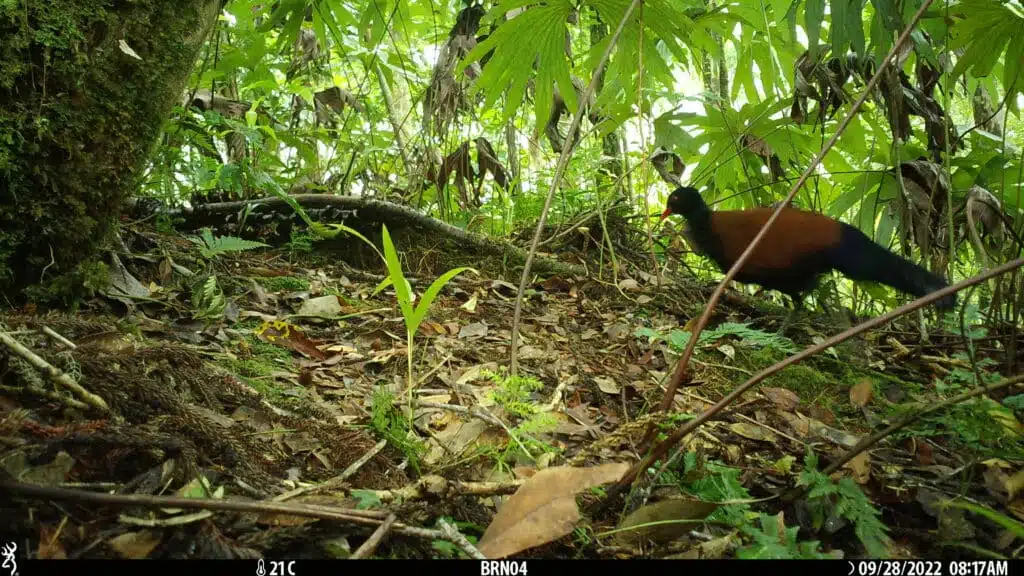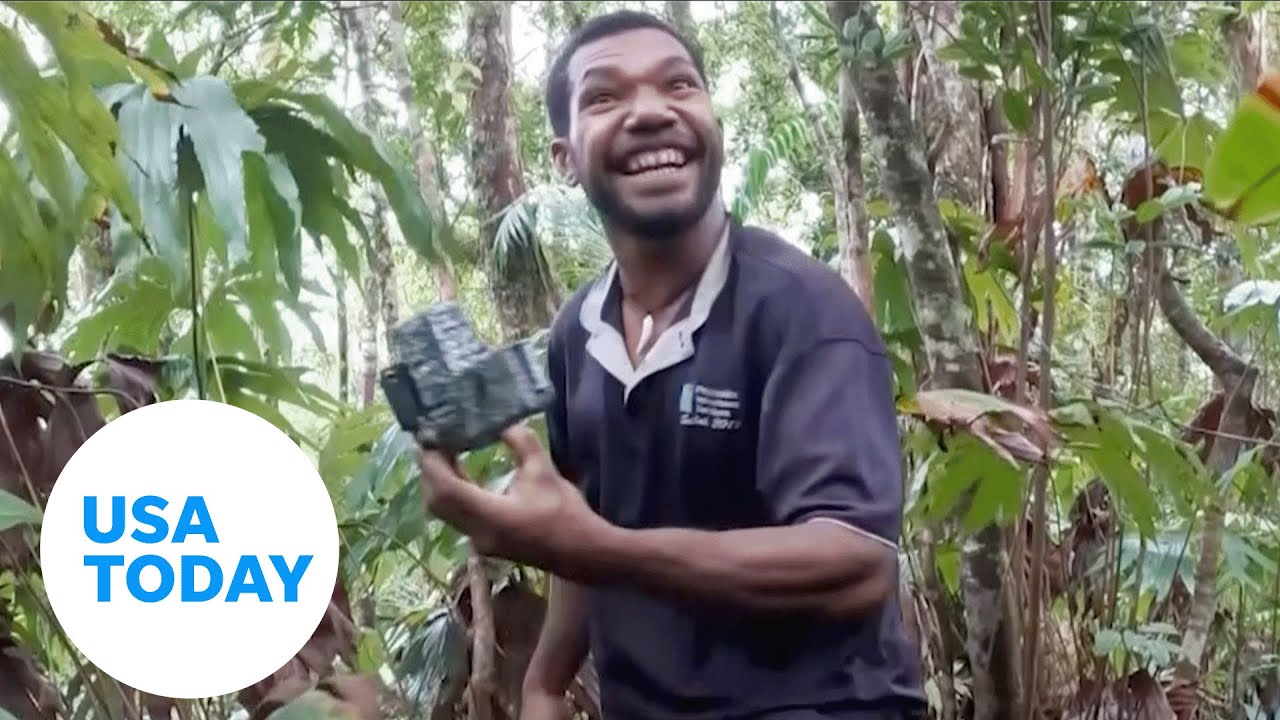The Last Sighting Of This Bird Was In 1882, Then, Researchers In Papua New Guinea Filmed It
The last sighting of this bird was in 1882. Then, researchers in Papua New Guinea filmed it. Black-naped Pheasant-pigeons, a rare species of giant ground-dwelling pigeon found only on Fergusson Island, a rocky island in the D'Entrecasteaux Archipelago off eastern Papua New Guinea, have been rediscovered by a team of scientists and environmentalists.
Author:Rhyley CarneyReviewer:Paula M. GrahamNov 22, 202214.9K Shares223K Views

The last sighting of this bird was in 1882. Then, researchers in Papua New Guinea filmed it. Black-naped Pheasant-pigeons, a rare species of giant ground-dwelling pigeon found only on Fergusson Island, a rocky island in the D'Entrecasteaux Archipelago off eastern Papua New Guinea, have been rediscovered by a team of scientists and environmentalists.
The Black-naped Pheasant-pigeon, like other pheasant-pigeons, closely resembles a pheasant because of its size and its wide, laterally compressed tail. Since its description in 1882, the long-lost bird has not been seen or photographed by scientists until the recent photos and video.
Ornithologists have just a limited amount of data on the species, but they suspect that the population on Fergusson is quite low and declining. After a month of searching for Fergusson, the study team finally captured photographic evidence of the pheasant-pigeon using a remote camera trap.
BirdLife International, American Bird Conservancy, and Re:wild worked together on a project called Search for Lost Birds, which helped fund the expedition. After a global review found that the pheasant-pigeon was one of only a handful of bird species that had been unknown to science for more than a century, the Search for Lost Birds selected it for an expedition.

Researchers in Papua New Guinea film bird last documented in 1882 | USA TODAY
Rediscovery Of The Bird In New Guinea
According to a press statement from the group Re:wild, which helped finance the search effort, the last time scientists formally recorded the black-naped pheasant-pigeon was in 1882. Monument was caught on film in black and white by a motion sensor camera.
Fergusson, a mountainous island in the D'Entrecasteaux Archipelago off eastern Papua New Guinea, is where the bird was first reported, and a month was spent there by an expedition team rediscovering it. Members of the team included both native Papua New Guineans from the National Museum and foreign researchers from the Cornell Lab of Ornithology and the American Bird Conservancy.
Because of the island of Fergusson's rough landscape, the scientific mission was particularly difficult. According to the release, several locals said they hadn't seen a black-naped pheasant-pigeon in decades. A video trap, however, managed to record the very unusual bird only two days before the researchers were set to depart the island.
“„After a month of searching, seeing those first photos of the pheasant-pigeon felt like finding a unicorn. It is the kind of moment you dream about your entire life as a conservationist and birdwatcher.- John C. Mittermeier, American Bird Conservancy
Breakthrough In Discovery
Mount Kilkerran is the tallest peak on the island, so they set up a total of 12 camera traps there. They also set up an additional eight cameras in areas where local hunters had previously seen the bird. The pheasant-ultimate pigeon's location was revealed thanks to a hunter called Augustin Gregory who lived in the mountain town of Duda Ununa.
The black-naped pheasant-pigeon was seen by Gregory in an area with "steep peaks and valleys. And he was familiar with the bird's unique song. According to the press release, the expedition crew set up a camera on a ridge above Duda Ununa, a mountain range about 3,200 feet above the Kwama River.
The last film they got was of the bird strolling about on the forest floor, and it was taken as their journey was coming to a close. Scientists and residents alike were taken aback by the finding.
“„The communities were quite delighted when they received the survey findings, since many people hadn't seen or heard of the bird until we started our research and acquired the camera trap photographs. They're excited to join forces with us in an effort to preserve pheasant pigeons.- Serena Ketaloya, Milne Bay, Papua New Guinea
And it's possible that other previously thought-extinct bird species are still alive and well elsewhere in the world thanks to this finding.
“„This rediscovery is an incredible beacon of hope for other birds that have been lost for a half century or more. The terrain the team searched was incredibly difficult, but their determination never wavered, even though so few people could remember seeing the pheasant-pigeon in recent decades.- Christina Biggs, Search for Lost Species at Re:wild
Final Words
The black-naped pheasant-population pigeon's size is unknown, and counting them in the rough landscape will be challenging. Despite finding some accounts from hunters that helped define the regions for the 2022 trip, a two-week search in 2019 turned up no evidence of the bird.
The results of the researchers indicate that the pheasant-pigeon is probably quite uncommon. The remote and treacherous woodland where the black-naped pheasant-pigeon was rediscovered may be its last refuge on Fegusson.

Rhyley Carney
Author

Paula M. Graham
Reviewer
Latest Articles
Popular Articles